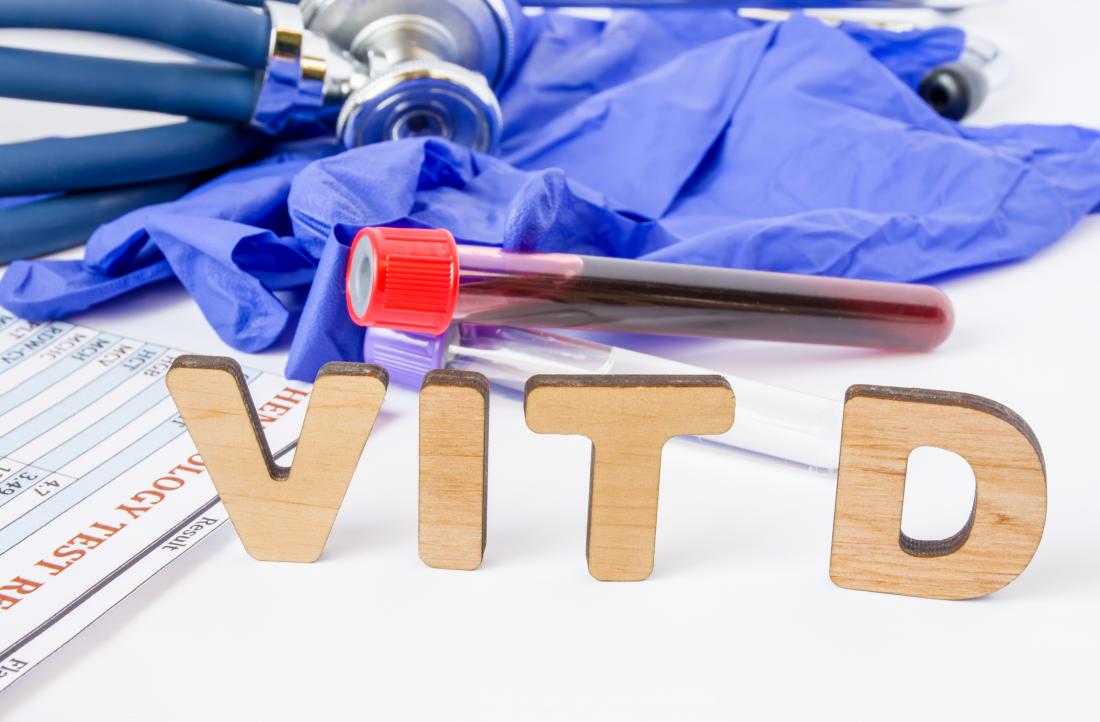Eating with Diabetes: How to Better Control Blood Sugar & Weight Loss
Gone are the days of strict diets, forbidden foods, and trips down the sugar-free food aisle. According to American Diabetes Association nutrition recommendations: To eat well with diabetes simply means applying the basic principles of healthful eating.
“Thank goodness I don’t need to follow a rigid ‘diabetic diet,’ limit carbs, and eat every two hours,” says Cathy Rogers, who was diagnosed with type 2 diabetes three years ago. “I’m encouraged I can manage my eating without stressing out.”
The way people with diabetes should eat is in line with the way every American should eat. “The Dietary Guidelines for Americans dovetail perfectly with the American Diabetes Association’s nutrition guidelines,” says Angela Ginn, R.D., CDE, education coordinator at the University of Maryland Center for Diabetes and Endocrinology and spokesperson for the American Dietetic Association. Shed a few pounds if you need to. Get and keep your blood sugar, cholesterol, and blood pressure in the healthy target zones. As it turns out, your list of healthy eating dos and don’ts isn’t really all that long after all.
Start by putting these top five dos — the ones that give you the biggest bang for your effort — into action.
1. Rate Your Plate
Take a good hard look at your plates — the foods you choose and the portions you eat. Rate your plates to see if they measure up. For lunch and dinner, do you fill half your plate with vegetables, a quarter with starch or grain, and the remaining quarter with a lean protein source? Is there a serving of fruit and low-fat milk or yogurt at the majority of your meals? Do you choose whole grains instead of refined varieties?
“Keeping this healthy-plate visual top of mind will help you employ the number one healthy-eating message from the 2010 Dietary Guidelines: emphasize nutrient-dense foods and beverages — vegetables, fruits, whole grains, fat-free or low-fat dairy foods,” Ginn says.
So how do your plates rate? Do you need to serve more vegetables or lighten up on protein? Is milk often missing? Based on your ratings, set a few goals to tweak your eating habits and choose easy-to-conquer goals first. Consider the size of your plates as well. A smaller plate can make smaller servings look bigger. Yes, studies show food psychology works!
2. Rein In Portions
It’s simple: Our portions are oversized. This leads to excess calories and extra pounds. Of particular concern, according to the 2010 Dietary Guidelines, are jumbo servings of foods with refined grains, solid fats, and added sugars — think fried chips, fatty burgers, sugary drinks, pastries, and desserts.
“We’ve lost our compass to eat reasonable portions because we’re being served and are buying big, bigger, and biggest servings of less-than-healthy foods,” says Theresa Garnero, APRN, CDE, author of Your First Year of Diabetes (American Diabetes Association, 2008) and a diabetes educator who practices in San Francisco.
It’s time to downsize extra-large servings of less-healthful foods and upsize servings of foods we’re not eating enough of: vegetables, fruits, dairy foods, and whole grains. Start by reducing your portions of less-healthful foods by 5 to 10 percent. You’ll barely notice the trimming, but you’ll immediately taper your intake of calories, carbohydrate, fat, and sodium. Over time this portion slim-down will improve your weight, blood glucose, cholesterol, and blood pressure.
3. Choose Healthy Oils & Fats
Advice about fats has undergone a slight transition due to research that shows eating more monounsaturated and polyunsaturated sources is more important than eating less total fat. The message to limit the unhealthful saturated fats (including trans fats) is particularly pertinent and strong for people with diabetes. Saturated fat is known to increase insulin resistance, the underlying cause of abnormal blood glucose, lipids, and blood pressure in people with prediabetes and type 2.
“An excess of saturated fat along with diabetes ramps up your risks for heart and blood vessel diseases,” says Jennifer Stack, R.D., CDE, a diabetes educator and chef at the Culinary Institute of America in Hyde Park, New York.
You have three goals when it comes to oils and fats:
1. Steer clear of solid fats to minimize saturated fat. Limit cheese, butter, sour cream, and cream cheese — use low-fat or fat-free versions of these; and eat small servings of lean protein sources.
2. Get more fat from mono- and polyunsaturated sources by using liquid cooking oils from vegetables, nuts, or seeds. Stark suggests stocking three oils for varied purposes and health benefits: extra virgin olive oil for sauteing and salad dressings; canola oil for cooking and baking; and a nut oil, such as walnut oil, to add marvelous flavor and a dose of healthy omega-3 polyunsaturated fats when used to cook foods or drizzle lightly over top.
3. Cut your fat-gram count to trim daily calories. Fat is a dense form of calories, and it gets lost in the sauce. Think dressing on salad, butter on toast, sour cream on a baked potato — it adds extra calories without bumping up the number of bites. Counting fat grams was a top priority and successful strategy to achieve weight loss in two large, multicenter diabetes studies.
4. Pick Nutritious Carb Sources
We’re sipping, slurping, and munching on way too many calories from added sugars. (Sugars are 100 percent carbohydrate.) The biggest culprits: regular sodas, fruit drinks, sports beverages, coffees and teas sweetened or topped with syrups, pastries, and sweets. Add them up and the grand total, on average, is 22 teaspoons a day for adults, according to the American Heart Association. The Dietary Guidelines discourage getting your carbohydrate from added sugars. Instead, get your carb grams from nutrition-loaded sources: vegetables, fruits, whole grains, and low-fat dairy foods.
Be aware of the Nutrition Facts label. The count for sugars includes all sugars from foods as well as sugars added in manufacturing. Sleuth out added sugars by reading the ingredients — look for sucrose, corn sweeteners, high-fructose corn syrup, and fructose. All are loaded with calories and carbohydrate grams, and they offer nearly zero nutrition.
But there’s no need to go sweets-free. Try satisfying a chocolate craving with a small square of dark chocolate daily — with no guilt.
5. Minimize Drive-By Dining
It’s certainly possible to order and enjoy healthful restaurant meals, but it’s tough to eat out frequently and meet your eating goals. Take stock: How often is restaurant fare on your menu? Think: Can you minimize your count? Try making on-the-run breakfasts, taking brown-bag lunches, or grabbing a healthful frozen entree paired with a salad, fruit, and milk for dinner a few times a week. Research shows restaurants serve up large portions with lots of fat grams and sodium while vegetables, fruits, whole grains, and dairy foods are often missing.
The more you dine healthfully at home, the more successful you’ll be. “Cooking at home can be pleasurable and a great way to destress. Preplanning and simple food prep are secrets to success,” says Jennifer Stack, R.D., CDE. She prescribes her Simple Six Shopping List to stock your kitchen with ingredients that can be turned into quick meals with minimal effort. Stack’s essentials:
- frozen seafood
- garlic and onions
- quick-cooking whole grains
- a healthy cooking oil
- low-sodium broth
- low-sodium/low-fat condiments, herbs, and spices
When you do dine out, choose wisely and order less to control portions and fat grams. Pick your main dish from sides, soups, salads, or small appetizers, or split and share a full-size entree. If you dine out only occasionally, you’ll find it easier to fit in a splurge.
Diabetes Control: It’s Not by Food Alone
Don’t Delay Glucose-Lowering Meds: No one likes to pile on more pills, and it would be nice to think you could control your blood sugar just by adjusting your food choices. But research now shows that when people with type 2 are diagnosed, they have less than half of their insulin-making pancreatic beta cells pumping out insulin. Also, insulin resistance — the hallmark of prediabetes and type 2 — is making it tough for the body to use your dwindling insulin supply.
“For these reasons, along with the availability of more type 2 medications that zero in either on insulin resistance or postmeal high blood glucose, there’s consensus from the American Diabetes Association and American Association of Clinical Endocrinologists that most people need to start taking a blood glucose-lowering medication when type 2 diabetes is diagnosed,” says Theresa Garnero, APRN, CDE.
Don’t play the waiting game while your glucose levels remain high and you limit foods containing healthful carbs. Get and keep your blood glucose under control by working with your health care provider to progress your glucose-lowering meds as needed to achieve your target goals, Garnero says.
Get and Stay Active: One of the most powerful antidotes for insulin resistance is exercise. Regular exercise paired with healthful eating can quickly improve insulin sensitivity. This change causes a host of health benefits, from lowering blood sugar and blood pressure to improving lipids. Cathy Rogers, PWD type 2, discovered this effect rather dramatically when she began working up a good sweat on the elliptical and using free weights. Her blood sugar numbers are down, along with her weight. Beyond exercise, she’s cut down her portions and resists most sweets.
Finding motivation and making time for exercise are the biggest hurdles. Angela Ginn, R.D., CDE, suggests you plan ahead, have a destination, and get into a regular exercise routine. Choose from a variety of exercises that you enjoy. Make exercise a family affair, or take to the walking path or swimming pool with a friend. Remember: Walking for just 30 minutes most days is what’s recommended and the easiest exercise for most people to fit in.





